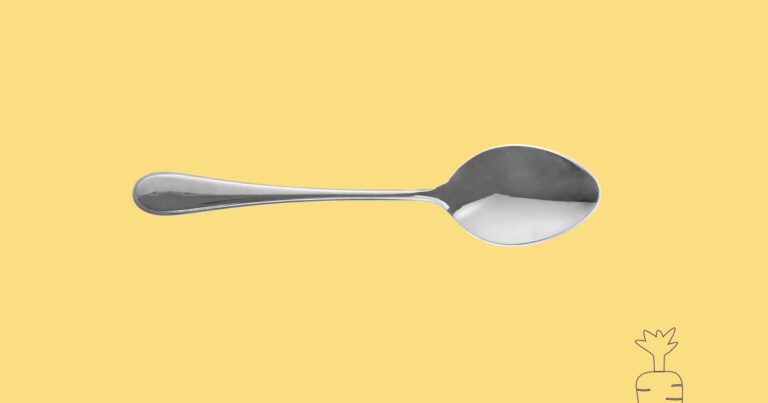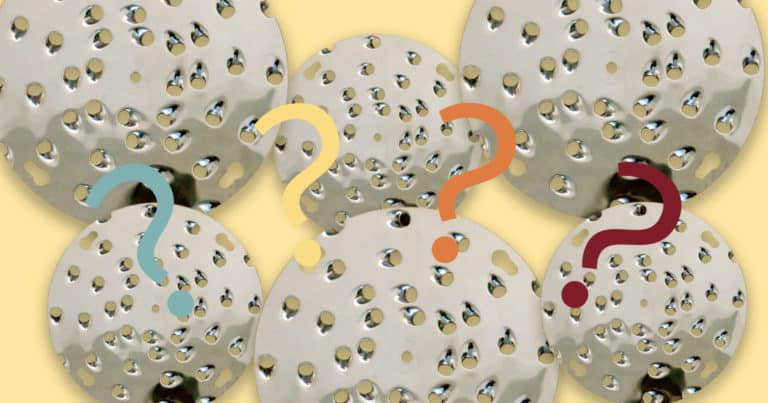
Mixing Produce: Get More Juice Out of Your Juicer
Ready to get more juice with a simple change in your process? Read about the dishwasher analogy & master the art of cold press juicing!

In this article, we’ve brought together the best advice on how to make more juice with each press. We’ll talk about some high impact actions you can take to increase your juice yield without extra produce, staff, or equipment.

The key to boosting your juice output is knowing your fruits and veggies. Different ones yield different amounts based on their type, texture, and water content and we will tell you why next.
Knowing what produce you can and shouldn’t press is important to consider. There are several fruits and vegetables that won’t shred or press well (like bananas, for example). For these kinds of produce, we suggest testing alternate methods and then adding them into your final juice product. They will inherently have suboptimal juice since they’re not made to be juiced!
Different fruits and vegetables have varying amounts of water. Even within the same type, like spinach, the water content can change. If your farm-fresh spinach is delivered on a warm sunny day instead of a cool, drizzly one, each bunch will have different water content. This happens because the water in the produce evaporates over time, affecting how fresh it is, its taste, and how much juice it has.
You can compare the weight of your produce before and after juicing and start seeing trends. This will give you a great indicator of your produce’s “juiciness”. The higher the yield, the more hydrated your produce is.
#PRO TIP: A simple trick that helps even out the produce’s water content from batch to batch (and greatly benefits your production) is to re-hydrate your produce.
It’s important to know the texture of your produce so you can choose a shredder blade that meets its needs and allows its juice to escape. For instance, hard produce holds its shape incredibly well and often needs smaller shreds to get maximum juice yield. On the other hand, soft produce does not hold its shape very well. It usually turns to mush if texture isn’t taken into account (you can’t juice a smoothie!).
#PRO TIP: Here’s a handy technique to determine your produce’s texture: the “thumb” method. Simply press your thumb into the flesh of the fruit or vegetable. If you leave a dent, you’ve got soft produce. No dent, your produce is hard.

Through our own testing, we’ve found that mixing produce can increase your juice yield by ~7%! This technique not only keeps your recipes consistent — it’s essential to get you the most juice output from your produce.
When produce is shredded, the texture of your produce takes on certain shapes. These shapes are based on which produce(s) you’re juicing, their firmness, and water content. When the shapes are uniform (as they would be if you juiced 1 kind of produce alone), they tend to nest and fit inside of each other. This nesting closes up the channels around the shredded shapes and literally locks in the juice that you would otherwise collect in your juice pan. To conclude, mixing your produce adds variety to the shreds and keeps the juice channels open — best described by what we refer to as the Dishwasher Analogy.
We recommend shredding and pressing an entire recipe in one batch for the best results.
With all these variances in produce, you might be wondering how you can keep your recipes uniform, your juice flowing, and your processes efficient. We have a pretty simple answer to that. Put on your lab coat and test everything!
All newer Juiced Rite machines have a speed adjustment for the shredder and the press, giving you absolute control over your process. To get you started, test turning down your shredder speed for softer items. Harder produce can generally be shred at faster speeds but be sure to follow quickly with your produce pusher to avoid “apple cannons”!
We recommend using a larger blade size for softer produce and smaller blades for harder ones. For mixed produce with lots of firm produce (cause you’re smart!) you will find the pulping blade will most often be optimal to start with. But again, test everything! You may find a different blade works best for YOU and YOUR recipes.
When you’re testing blade sizes and speed combinations, ask yourself questions like:
Combinations of factors like the fill of your press bag, how your “rise” behaves and the speed you press can have dramatic impacts on your juice results.
When testing these, remember to ask questions like:
You might be surprised how incredibly effective Speed Control can be when managing the “rise” of produce in your press bag. (“Rise” is literally just that: the lifting of the shredded produce in the press bag as the plates come together during a press cycle)
With slippery, large chunked produce like pineapple, you’ll likely want to fill your press bag less and press nice and slow to allow the juice to move outward towards the bag. For firmer produce like green apples and carrots, you can test out filling your bag a little more and pressing at a much faster rate to discover your optimal speed for maximum yield.
#PRO TIP: In the Dishwasher Analogy, we mentioned that juice gets “locked” inside the cake or pulp (the shredded produce inside the press bag). This means the produce in your press bag is wet and less juice is flowing to the juice pan. To mediate this issue, we’ve automated the press cycle with our Pulse Press Program. This cycle allows a re-wicking of the juice from the cake in the press bag – juice that would have otherwise been locked inside!
The best part?
The entire Pulse Press Program cycle, including shredding, takes about 5 minutes.
We highly recommend cleaning your press bags often. Fiber can build up and clog the bags, which decreases how much juice escapes into the juice pan.
We offer you lots of juice production tips through our resources here on the Juiced Rite website, which are excellent to get you started (if we don’t say so ourselves). But, ultimately, we encourage you to discover what methods work best for yourself, your recipes, and your process.
To help keep things consistent, we recommend taking really, really, REALLY good notes. Like, super good, detailed notes to help you see your patterns and craft the perfect process for your highest yield possible. Ask yourself, what worked? What didn’t work? Finding your best method through trial and discovery will lead you to your highest yield and maximized production. Here’s a great resource to help you structure your recipe testing notebook (its written for food bloggers but the info is very relevant!).
And – gasp – wouldn’t it be heartbreaking to find that amazing method that changes everything but then have no idea how you came up with it? Avoid that misery and take great notes!
If you would like to share your juice notes and get some feedback, feel free to send them our way: sales@juicedrite.com We’d be happy to help streamline and optimize!
Your cold press juice machine is really a part of your team, and just like other members, it needs regular love and attention.
Maintenance may not be as sexy as the rest of the juice yield-increasing actions listed here but there are a few key habits you can adopt that not only optimize your for high-performance juicing but also prolong the life of your juicer (hooray!).
Here’s our recommended maintenance schedule, where you can learn all about what your juicer needs to stay in shape!

Does creating a process to increase your juice yield feel a little daunting? Or maybe you’ve applied everything we’ve offered and are still convinced your process could be improved?
Never fear, friend – you have an ally in the juice industry and we’re here to help! We are never more than an email or phone call away for any questions you may have. And we mean ANY question. Reach out to us here.
We even offer personalized guidance like our Onsite Audit and Training, where you bring us on board to audit your processes and provide training for you and your team.
As with any production process, you are in control of how you accomplish yours. Using what we’ve shared here and knowing how you can ultimately impact your juice yield and maximize production is absolutely yours to own. Test, tweak, and adjust – always staying open to new possibilities – and you will find YOUR best process to increase your yield.
No matter what you do though, just remember to take great notes!
Happy Juicing!

We’ll send new article alerts & product updates.
| Thank you for Signing Up |


Ready to get more juice with a simple change in your process? Read about the dishwasher analogy & master the art of cold press juicing!

In this article we discuss the ideal use and merits of each blade available through Juiced Rite.

Ready to improve your yield and reduce waste with Juiced Rite machine’s Shredder Speed Control?